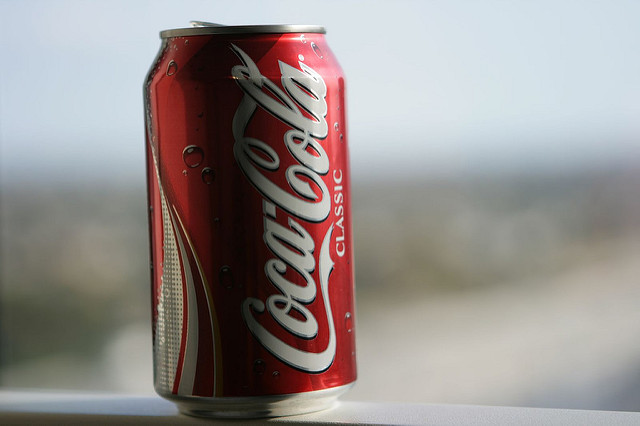The more you eat, the more full you feel. That’s usually how life works, isn’t it? However, that just isn’t the case with fructose.
A recent study shows that consuming high levels of fructose may actually increase your cravings for high-calorie foods. When compared to participants who consumed a drink filled with glucose, participants who consumed fructose drinks were more likely to choose eating a high-calorie meal that day over a monetary reward that would be given to them in a month. But why is this possible?
Although fructose is a sugar just like glucose, the two are very much different in regards to where they’re found and how they work with our bodies. Glucose is a sugar found in everyday carbohydrate-filled foods, such as bread and rice. Meanwhile, fructose is commonly found in sweeter foods such as fruits, corn syrup, and soft drink beverages. However, the key difference between the two is that high levels of glucose result in the production of insulin while fructose does not.
Insulin, a chemical released by the pancreas, delivers glucose into the cells so it doesn’t flood the bloodstream; however, it also serves as a signal telling our brains that we’ve eaten–that we are full and don’t need to eat anymore. Since fructose doesn’t signal insulin production, our body won’t know that it has eaten and would continue craving for a full meal. As a result, the brain’s orbital frontal cortex, which is largely responsible for reward processing, will feel “starved” and eventually deem an unhealthy yet filling meal to be more rewarding than a delayed monetary reward.
Image Source : Mandel Ngan
The best way to limit fructose intake is to know which food products have the highest fructose content. Processed foods, soda beverages, and even fruit juices contain fructose levels that exceed the daily recommended amount of 25 grams. Additionally, you should avoid or reduce consumption of any food product that lists “high fructose corn syrup” as one of its ingredients. Fortunately, online resources, such as this list and this infographic, provide great information on the many fructose-rich foods to keep in mind.
Fruits may also contain fructose, but they are at low enough levels that you don’t need to worry. Despite containing five grams of fructose, an orange is still much healthier than a can of soda, which contains 25 grams. Fruits also have high fiber content, which slows down food absorption and helps you feel full.
Fructose may satisfy your sweet tooth, but it’s much sweeter to live a healthy life on a full stomach.
Feature Image Source: Coke Can by Allen










